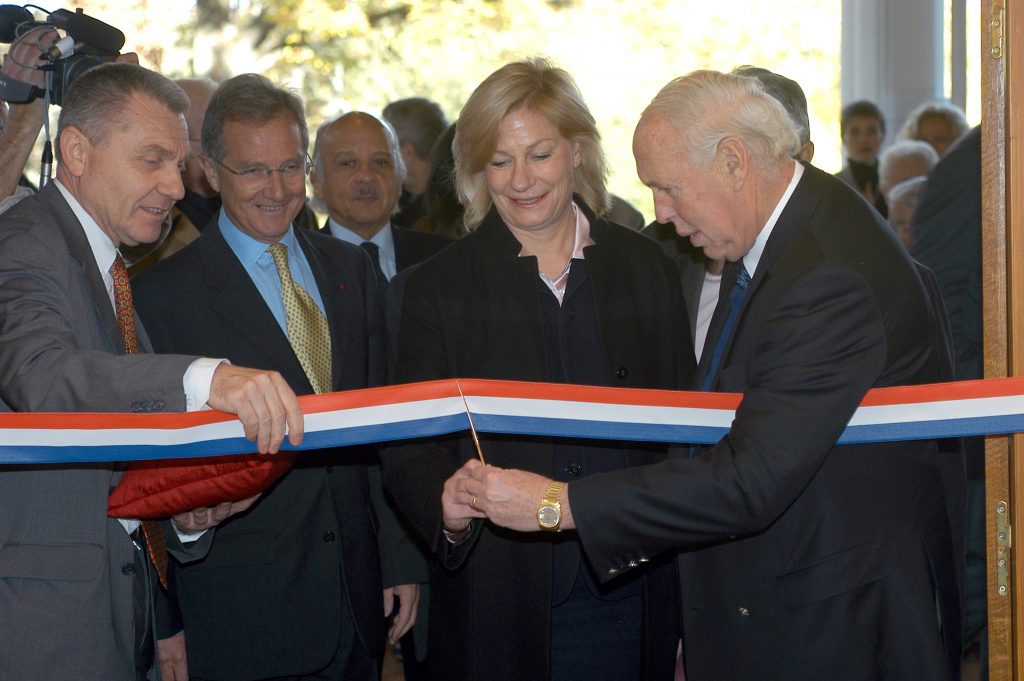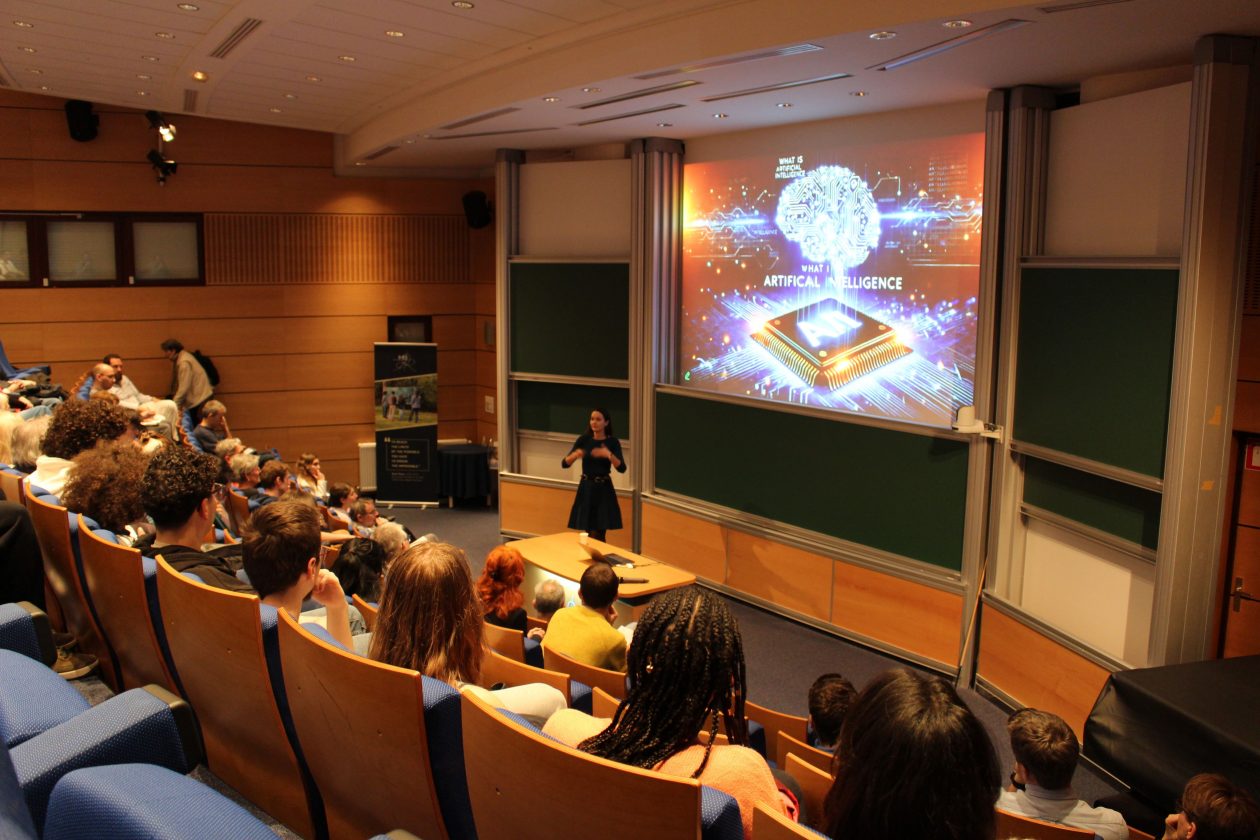 IHES
IHES
Tribute to Jim Simons by Jean-Pierre Bourguignon
James Harris Simons, known to all as Jim, died on Friday 10 May after a long illness, following an extraordinary life as a mathematician, an investor creating new standards and a philanthropist.
Jim was an exceptional mathematician because few of us have contributed, as he did, three major results in distinct fields, even though they are all related in one way or another to differential geometry: in his thesis, he developed his conceptual approach to the identification of holonomy groups of Riemannian metrics (revisiting Marcel Berger’s thesis); he discovered the possibility for minimal hypersurfaces of the sphere to be singular from dimension 8 onward and finally, from the analysis of the boundary term of a 4-dimensional invariant, he introduced the Chern-Simons functional, a concept whose impact has been considerable beyond mathematics, in theoretical physics in particular. And all this in just 15 years!
First of all, it is as a mathematician that I am indebted to Jim because, in 1972, he invited me to join the Stony Brook department that included no less than 14 differential geometers, many of them very young like Yau Shing Tung, and most of them attracted by Jim himself. I also owe it to him to have been exposed, just before the mid-1970s, to the beginning of the very positive interactions between mathematicians and theoretical physicists around gauge theories. This was possible thanks to the excellent quality of the physics department at the University – where Yang Cheng Ning was based. Jim was in contact with him, a type of contact which was not common at the time. It was in this context that a little later, inspired by some mathematical work Jim had done shortly before his new life as an investor started – which he had presented at a conference in Tokyo –, Blaine Lawson and I came up with a result whose announcement he eventually agreed to co-sign. To get him to do so, we had to insist heavily. His line of argument was that he had not contributed directly to our result.
Others than myself are competent to comment on the methodological breakthrough in the world of finance that was the creation of Renaissance Technologies by Jim and a few friends and its exceptional success, which made him a billionaire in just fifteen years.
In 1994, he and his wife Marilyn set up the Simons Foundation, which has enabled them to provide very substantial support to a number of fundamental research projects. Initially, the Foundation concentrated on the fields of autism and mathematics, and then acted much more broadly. I became director of IHES also in 1994, but was soon faced with a difficult financial situation. I was very grateful when, in 1998, he himself suggested to make a donation to the Institute, the first of many. But their help took a structural turn when the IHES developed, on his advice in particular, a policy of seeking patrons on an international scale. This scale is the only one appropriate for an institute that is by nature completely open to the world. This was the start of a long adventure, during which their contribution often made all the difference.
Their support was for example decisive in building the Conference Centre at the Institute, which bears their name. It has become a fundamental tool in completing the Institute’s range of tools for sharing scientific ideas and facilitating exchanges under the best possible conditions.
The latest stage in Jim’s involvement in the life of IHES has been his appointment in 2014 as a member of the Board of Directors, followed by the recent consolidation of the Friends of IHES in the United States, under his and Marilyn’s leadership, with the constitution of its own funds doubled by the Simons Foundation International.
This exceptional friendship, which has had such a strong impact on my professional life, found a form of consecration in the interview he gave me last year. On the initiative of Dennis Sullivan, on the eve of his 85th birthday, he answered my questions on the birth of the Chern-Simons theory. For that, I am also very grateful to him.
Interacting with Jim was always a pleasure, as he was such a good listener, passionate as he was about discovery, the daughter of curiosity. Driven by a sense of mission, he was always available to explore other ways of providing support. We can’t talk about Jim without mentioning his great sense of humour and self-deprecation, which is by no means feat for someone who reached the heights he did. A great creator has just left us, and I personally have lost a friend to whom I owe so much.




